Mother Child &



















Join our world of baby savings and earn 4% cashback on most baby products. FNB customers earn 8% cashback on Tuesdays. We bring you exclusive benefits, expert advice, and a supportive community to make your parenting journey smoother than ever!











As a Clicks Baby Club member you also get:

• Expert webinars
• Bonus parenting content

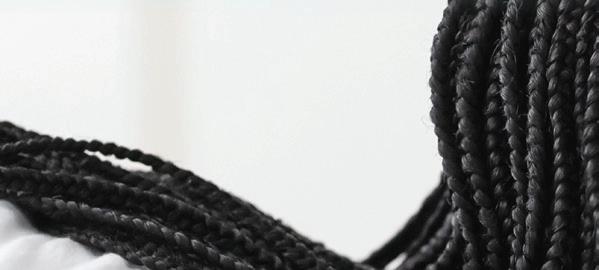
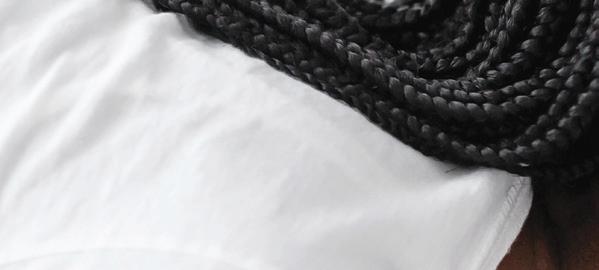
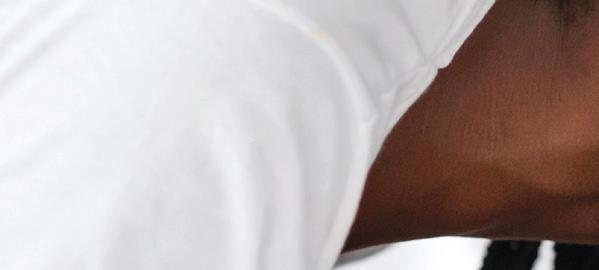




• Competitions & giveaways
• Weekly parenting insights



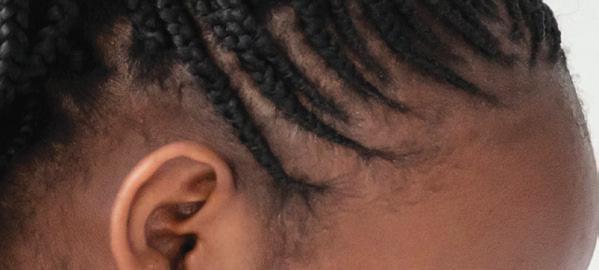

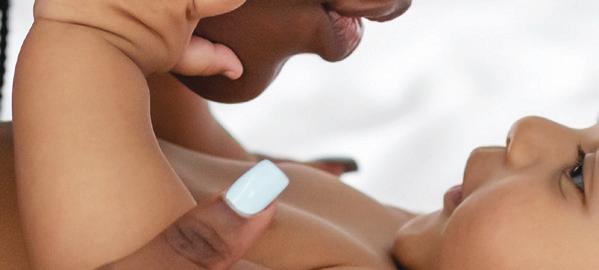





















































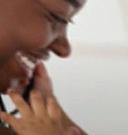
















































































































































Understanding your baby’s skin: Why the right nappy matters
Ababy’s skin is not only the largest organ of their body, but also one of the most delicate. Up to 30% thinner than adult skin, it’s more vulnerable to irritation, dryness and damage from everyday factors such as moisture, friction and harsh additives.
For parents, this means that choosing the right nappy is not just about comfort and convenience; it’s an essential part of protecting and nurturing your little one’s health.
“Baby skin is especially sensitive during the first few months,” says Diane Obree, Head of Marketing at Huggies SSA. “It has less natural oil, a weaker barrier, and is still developing its immune defences. As a result, it loses moisture more quickly and is more prone to rashes or irritation if not cared for properly. Nappies play a key role here, as they are in direct contact with your baby’s skin almost 24 hours a day.”
What to look for when choosing a nappy
There are so many difficult choices to make in the early months of parenthood, but nappies shouldn’t be one of them.
Key features to look out for include:
◊ Softness: Ultra-gentle materials without artificial additives feel lighter against the skin to reduce the risk of irritation.
◊ Breathability: Natural fabrics and fibres allow airflow to help keep skin dry and comfortable.
◊ Dermatological testing: Assurance that the product has been clinically tested for sensitive skin.
◊ Absorbency: Fast absorbency prevents prolonged moisture contact that can lead to rashes.
◊ Wetness indicators: Visual cues that make it easy for parents to know when it’s time for a change, reducing the risk of overexposure to dampness.
“Small details matter enormously when it comes to nappies,” Obree adds. “Something as simple as an ultra-soft inner layer made with allnatural additives can mean the difference between healthy, happy skin and the discomfort of irritation.”
Introducing the new gold standard: Huggies Gold Skin Soft
This is why Huggies has developed the new Huggies Gold Skin Soft nappy range, combining science, care and everyday practicality. Made with 100% natural shea butter, the ultra-soft layers of the new and improved nappy absorb in seconds, providing an antirash barrier that gives parents peace of mind while keeping their baby comfortable.
Parents feel the difference
Lifestyle influencer and proud dad, Moshe Ndiki, agrees that choosing the right nappy can make a real difference in parental peace of mind. “As a parent, your biggest concern is always your child’s comfort and well-being. What I love about Huggies Gold Skin Soft is that it combines softness with strength: I know my baby’s skin is cared for, and I don’t have to worry about rashes or irritation. It gives me real reassurance as a parent.” By bringing together dermatological science, natural additives and thoughtful design, Huggies Gold Skin Soft represents a new gold standard in baby care. “This new and improved range really reflects Huggies’ commitment to being more than just a nappy brand, but a trusted partner in every stage of parenthood,” concludes Obree.
Parents can find the new Huggies Gold Skin Soft nappies in leading retailers nationwide and online. Visit www.huggies.co.za for more information.
“Small details matter enormously when it comes to nappies.”
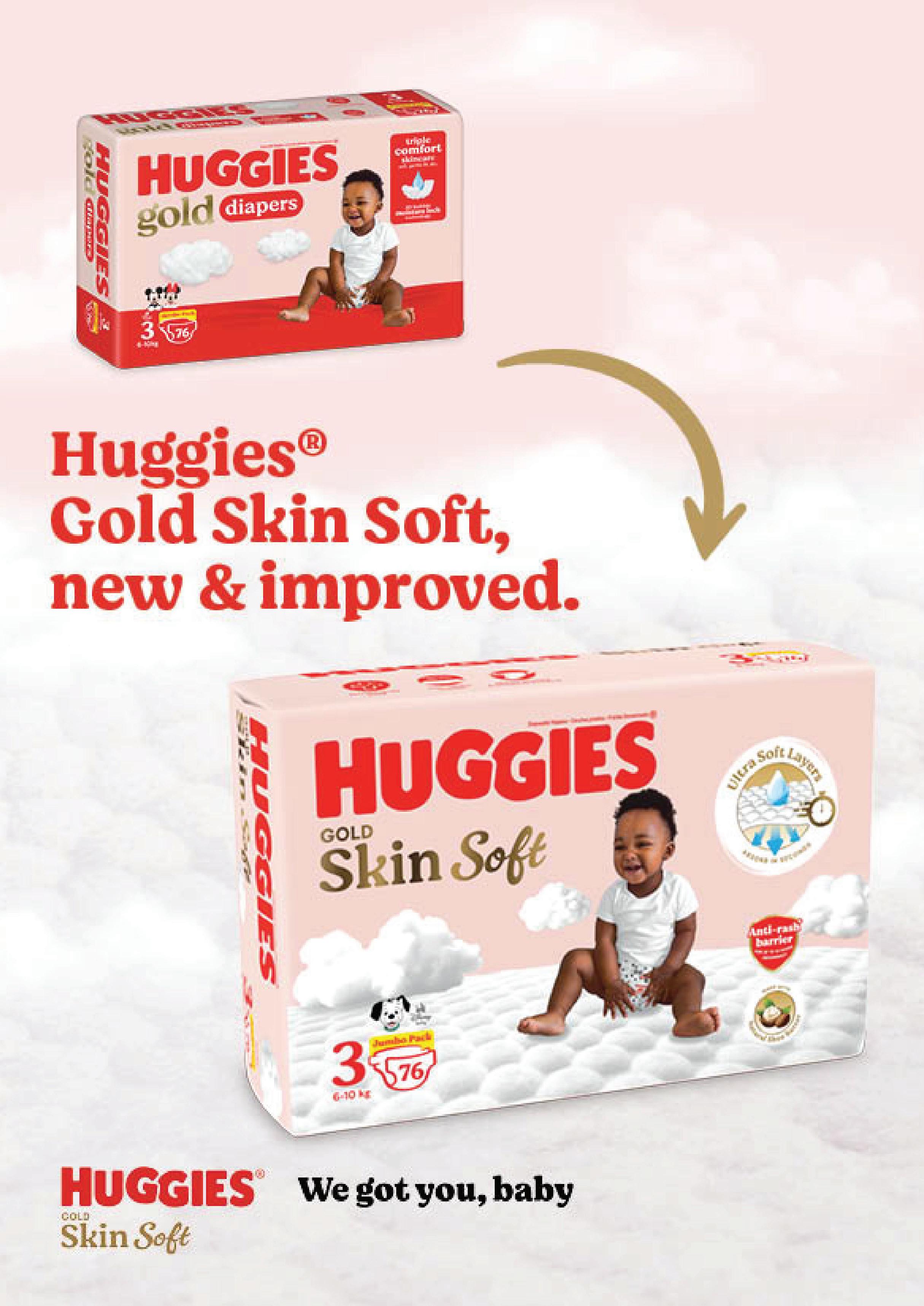
The latest tech and apps for planning conception
Keep your baby happy, cool and secure these summer holidays
How early childhood development in STEM subjects shapes your toddler’s future
Why more parents are choosing sustainable fashion for their kids
How parents and teachers can help teens cope with academic stress 46 WATCH WHAT YOU EAT
Vitamin B12 deficiency may disrupt pregnant women’s bodies, especially in the context of a diet high in ultra-processed foods
School readiness isn’t a tick box—it’s something you feel more than you see. Here’s how you’ll know

Tired of that classic line from your kids: “I’m boooooored”? Here’s how to teach them to manage their own boredom these holidays 68 GROWING UP STRONG
The teenage years are a once-in-a-lifetime window to build strong bones, a bright mind and a healthy body for life
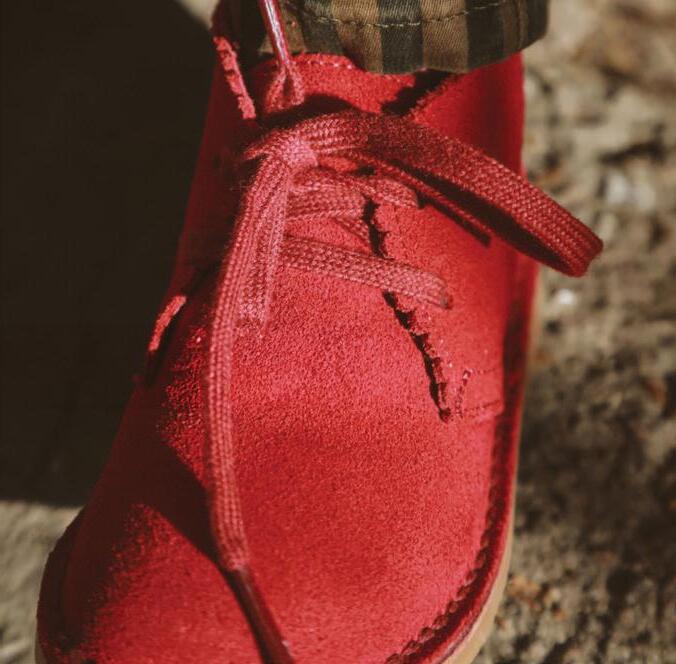
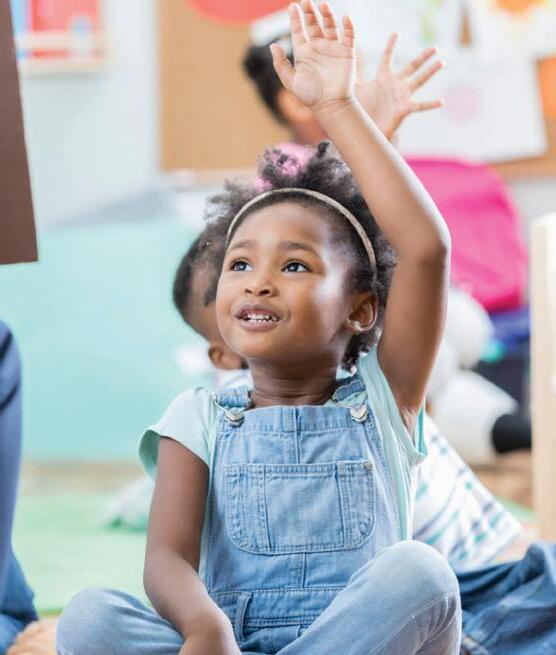




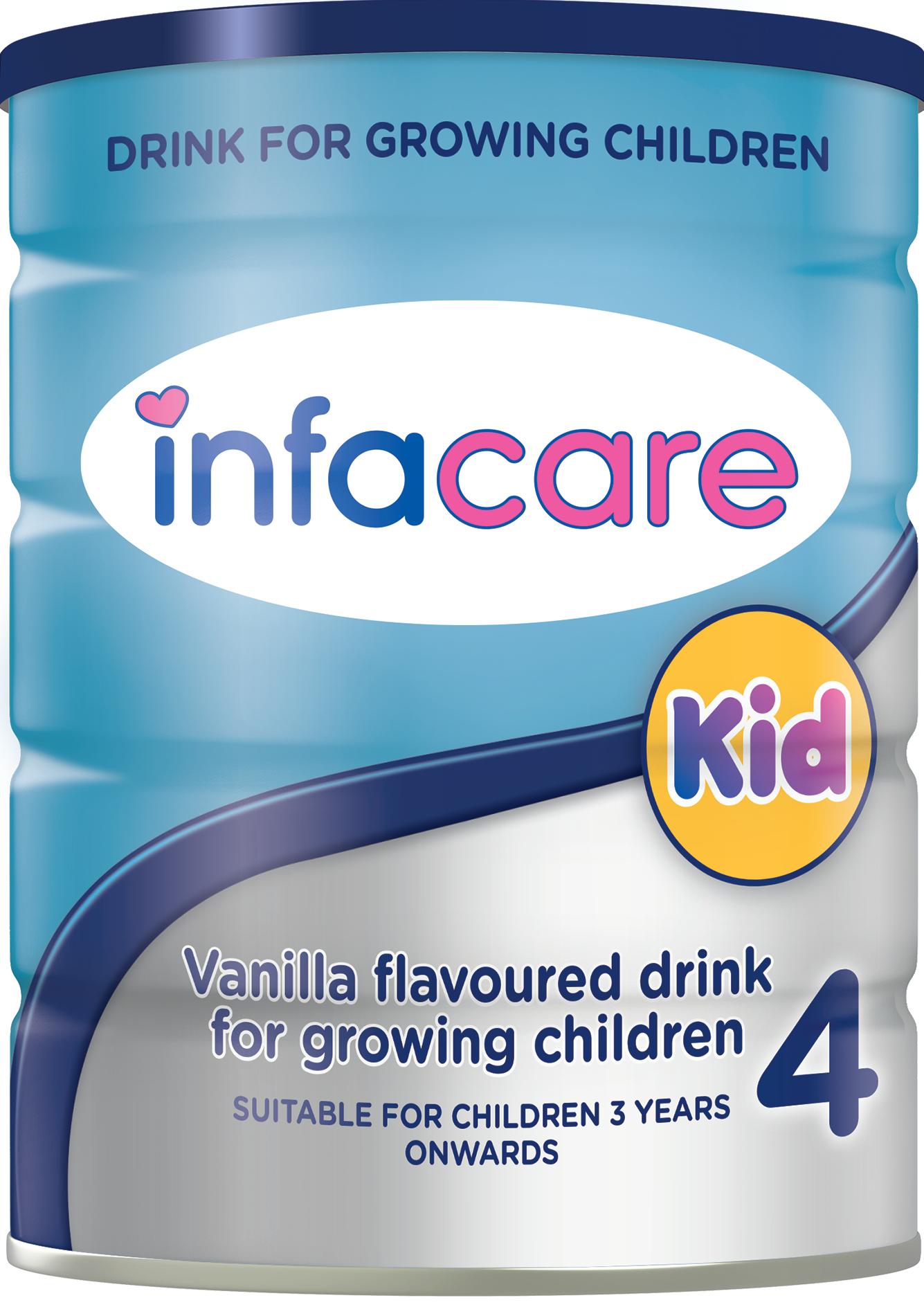


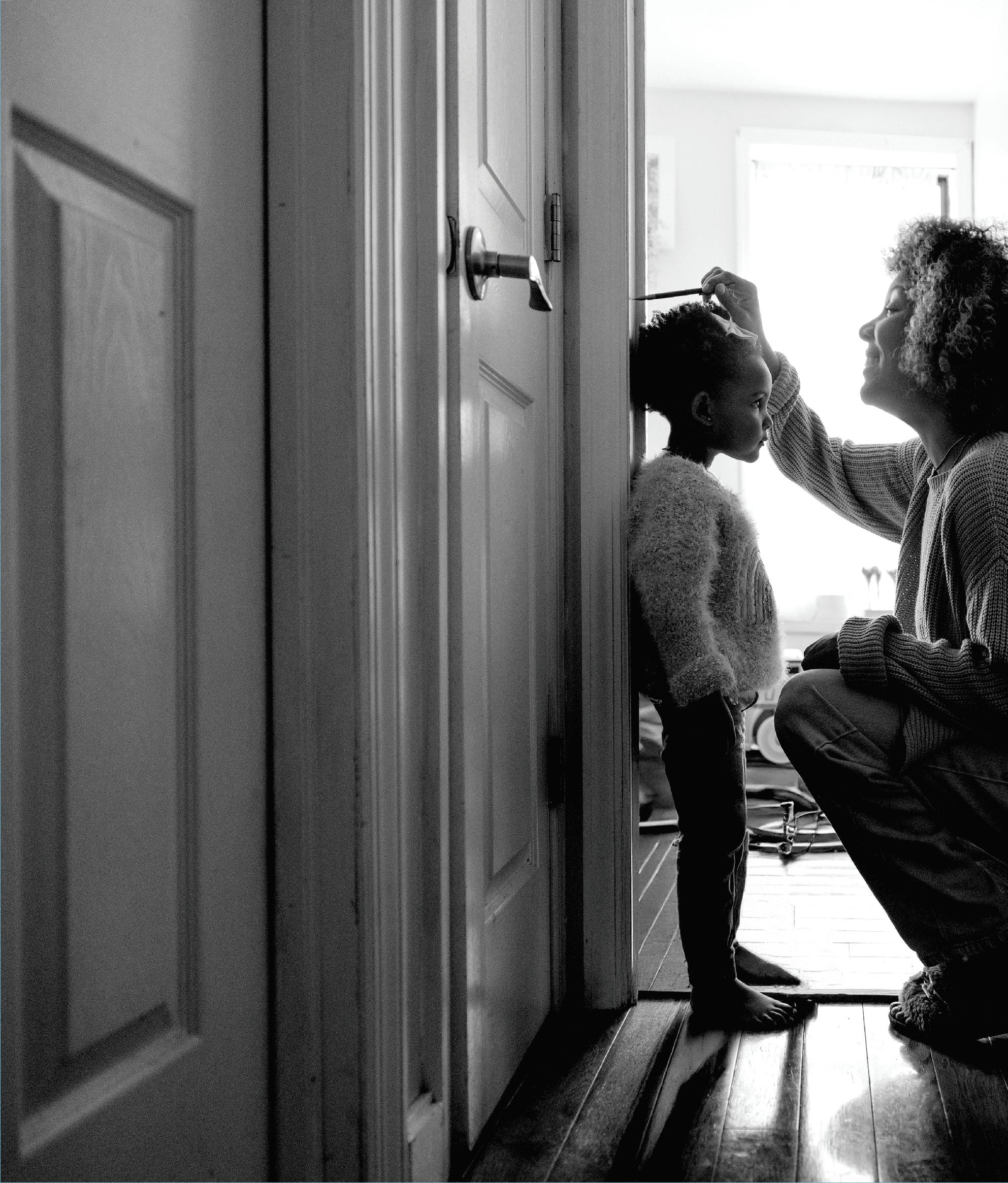


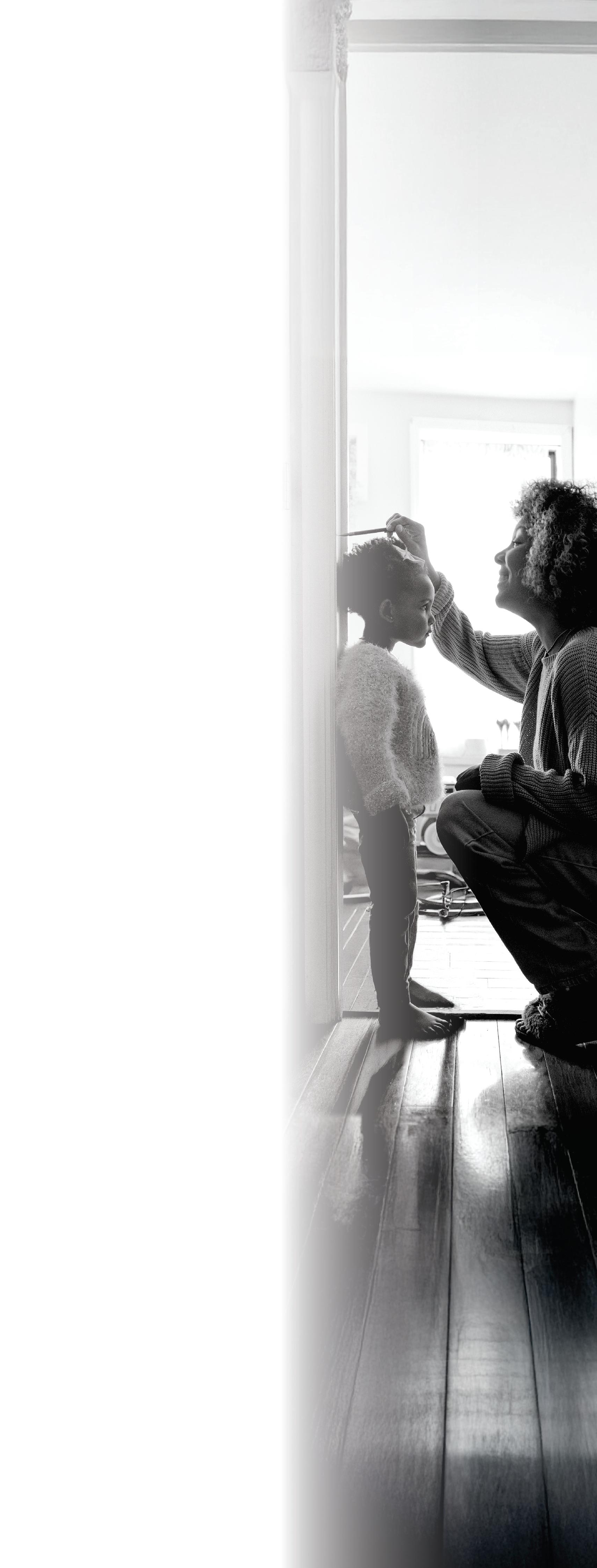
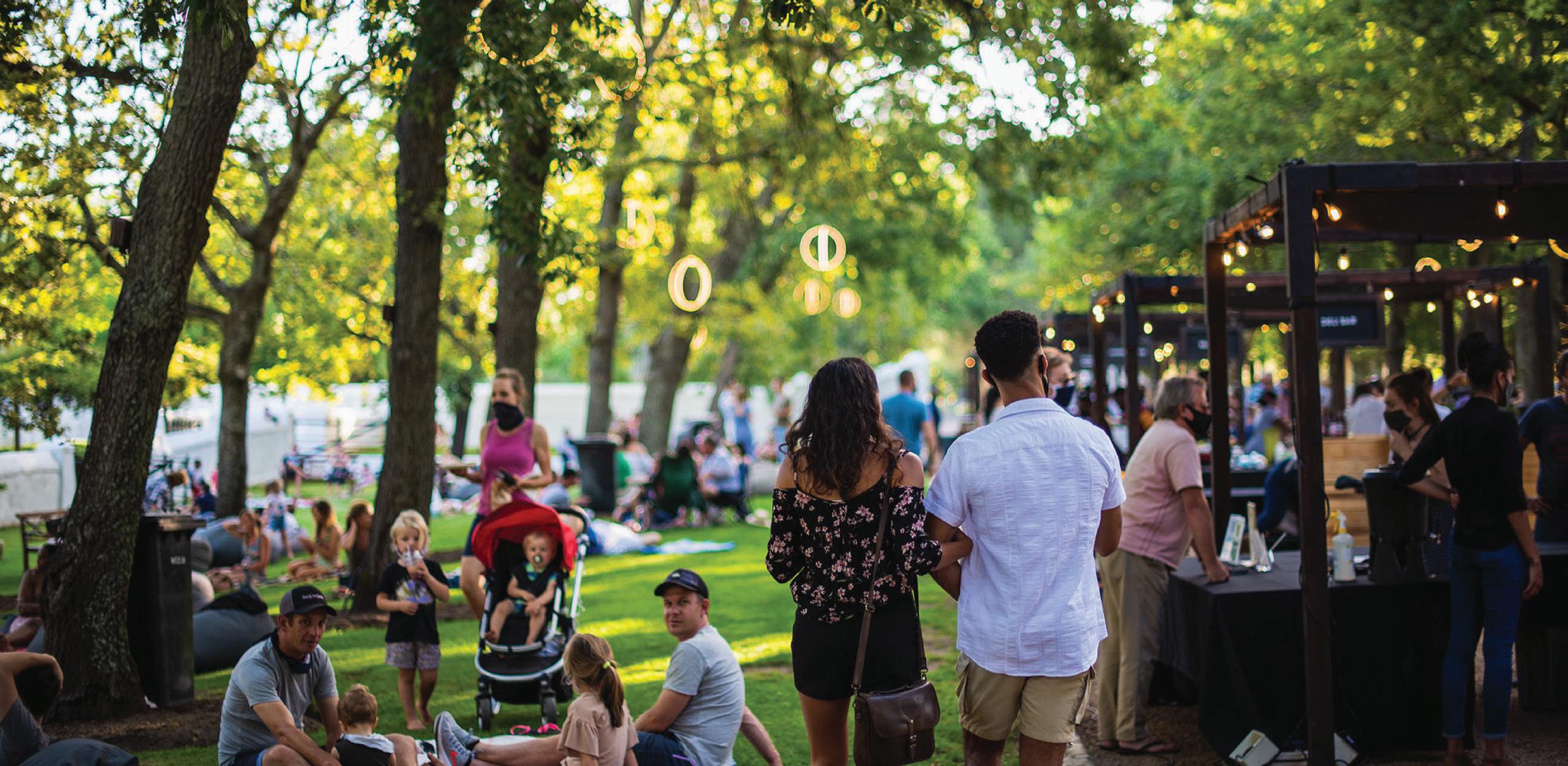
Embark on a multigenerational getaway with the whole family—and laugh, explore and simply be together
9 FREEBIES!
Enter our competition for a chance to win an awesome giveaway, just in time for the festive season
76 WHAT’S FOR DINNER?
Skip the beef—throw some delicious cuts of pork on the braai this holiday
91 SUBSCRIPTIONS
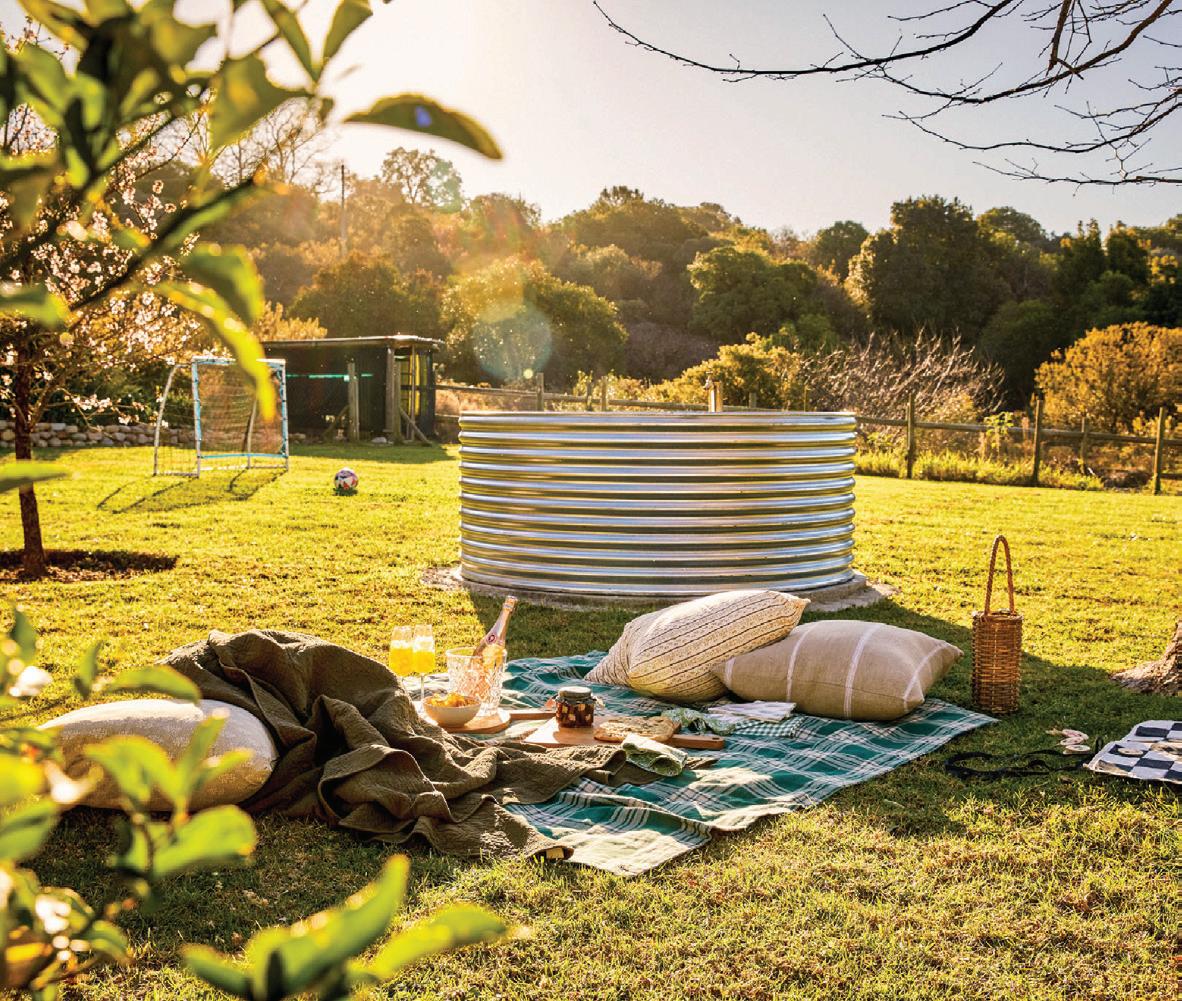
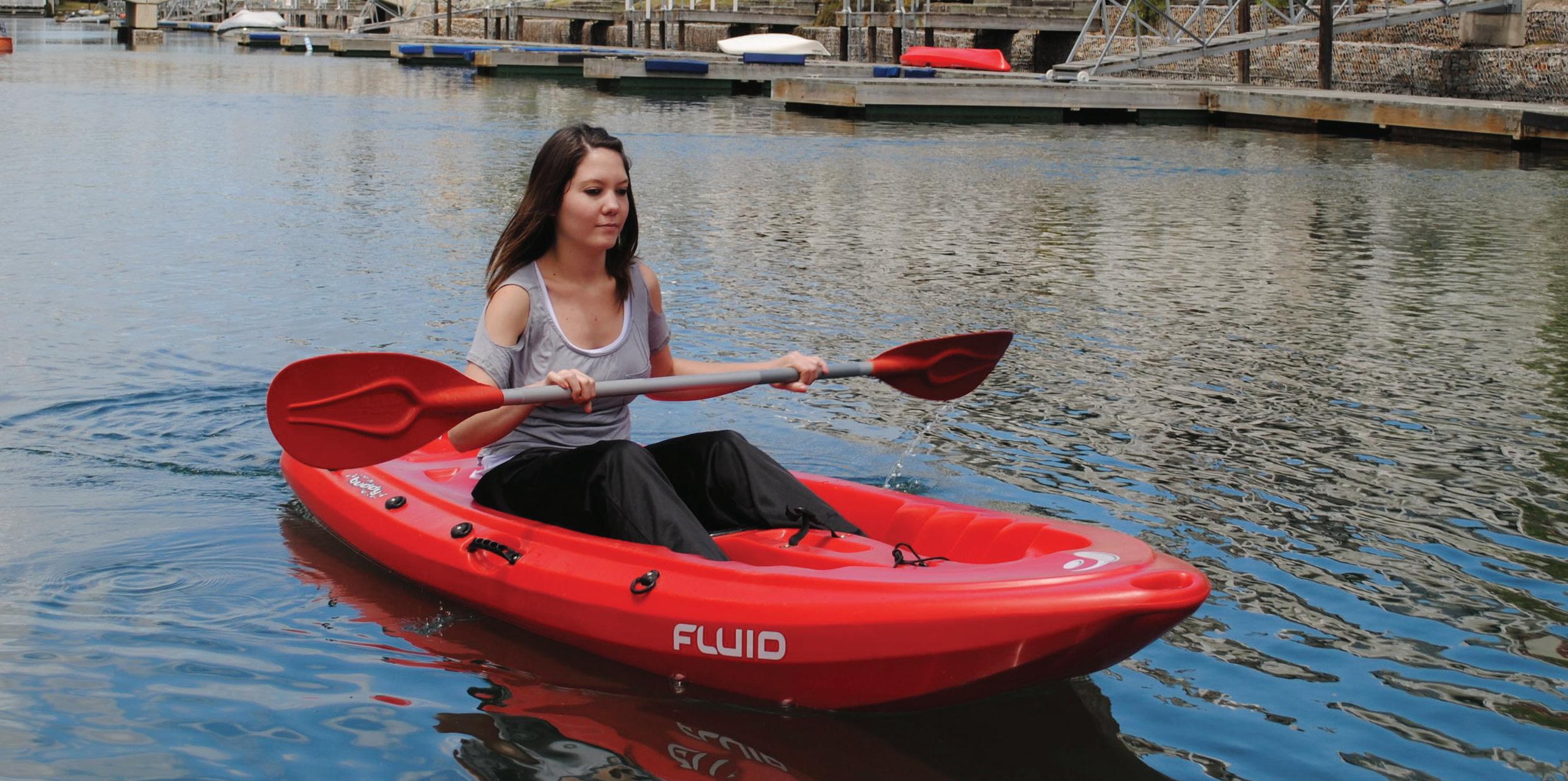




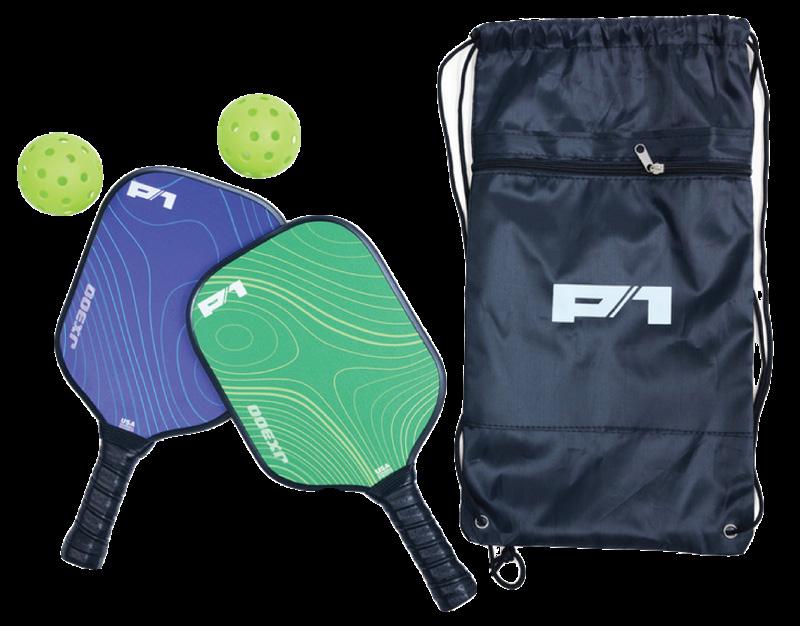
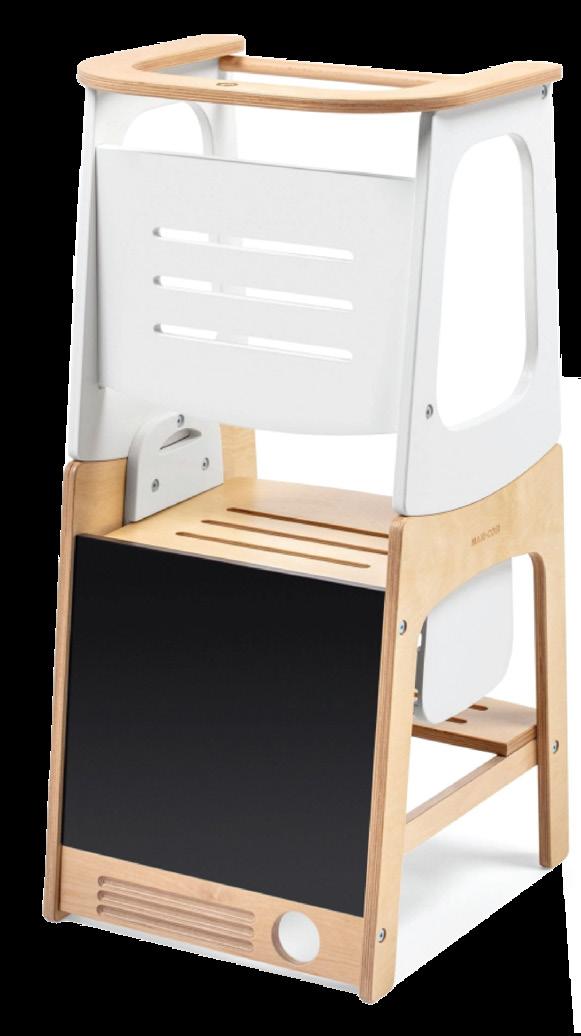




89 WE LOVE BOOKS
The latest Bluey Annual and Wimpy Kid instalment, Ms. Rachel and The Very Hungry Caterpillar are all among this quarter’s favourite reads for youngsters
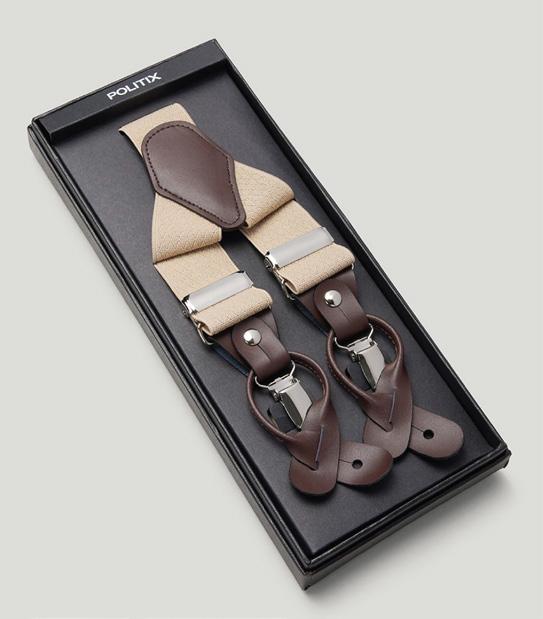

The end of the year should be a time of joy—lazy mornings, laughter and family togetherness. Yet, for many of us, it can feel more like a marathon of to-do lists, travel plans and last-minute school prep. Somewhere between wrapping gifts and finding next year’s school shoes, the magic can quietly slip away.
This festive season, try giving your family—and yourself—the gift of calm. Let go of the idea of the ‘perfect’ holiday. Children don’t remember whether the table matched or the photos looked flawless; they remember giggling over cookie dough, building sandcastles and staying up late to watch movies. Slow down enough to make those small, golden moments count.
As the new school year approaches, easing gently into routine can make January far less stressful. Start reintroducing earlier bedtimes and screen limits, and let children help pack their school bags or choose their stationery—being involved helps them feel confident and excited for what’s ahead. A family calendar on the fridge is a simple way to help everyone stay organised.
Take time, too, to talk together about hopes for the year ahead. What would your children like to try or learn? What changes could make family life smoother or mornings less rushed? These conversations set a tone of teamwork rather than tension.
Most of all, remember that rest isn’t wasted time; it’s how families reconnect and recharge. This issue is filled with inspiration to help you enjoy the festive season, ease into the new school year and focus on what truly matters—togetherness, balance and joy.
From all of us at
Mother & Child
PUBLISHER Donovan Abrahams
CHIEF COPY EDITO R Tania Griffin tania@avengmedia.co.za
DESIGN Erin Esau
PHOTOGRAPHIC SOURCES Courtesy Images IStockPhoto Freepik
SALES DIRECTOR Donovan Abrahams
ADVERTISING SALES Kim Jeneke Lunga Ziwele
ACCOUNTS MANAGEMENT
ACCOUNTS
Benita Abrahams
Bianca Alfos
CLIENT LIAISON Majdah Rogers
IT & SOCIAL MEDIA Tharwuah Slemang
HR MANAGER Colin Samuels
PRINTER Novus Print
DISTRIBUTION www.motherandchild.co.za www.issuu.com
DIRECTORS Donovan Abrahams Colin Samuels
PUBLISHED BY Aveng Media (Pty) Ltd



ADDRESS Boland Bank Building, 5th Floor, 18 Lower Burg Street, Cape Town, 8000 | Tel: 021 418 3090
Fax: 021 418 3064 | Email: majdah@avengmedia.co.za Website: www.motherandchild.co.za
DISCLAIMER: Mother & Child is published by Aveng Media (Pty) Ltd © 2025. The Publisher and Editors are not responsible for any unsolicited material. All information correct at time of publication. The information in this magazine is not medical advice and should not be treated as such. Neither is it intended or implied to be a substitute for professional medical advice, diagnosis or treatment. All content, including text, graphics, images and information contained in or available through the magazine and its website is for general information purposes only. You are encouraged to confirm with your doctor or other professional healthcare provider any information obtained from or through this magazine and to review all information regarding any medical condition or treatment. Never disregard professional medical advice or delay seeking medical treatment. Before making any changes to your person, or if any specific questions about any medical matter, consult your doctor or other professional healthcare provider.


Offers you a personalised birthing experience
The arrival of a baby is one of life’s most transformative moments, and at Life Vincent Pallotti Hospital, every effort is made to ensure it is a memorable and joyous experience for both mother and baby.
The hospital’s maternity team is committed to providing exceptional medical care while offering personalised attention every step of the way, from pregnancy to postpartum.
At the Little Life Maternity Unit, expect compassionate and professional care from skilled midwives and nurses who provide roundthe-clock support. This team is dedicated to your health, comfort and well-being, guiding you through every phase of your birthing journey.
The hospital’s medical staff includes experienced gynaecologists and paediatricians, ensuring both you and your baby remain in optimal health throughout your stay.
Compassionate, professional care from skilled midwives and nurses—24/7 support.
Don’t hesitate to contact us should you need further information on our facilities and services: 021 506 5165.
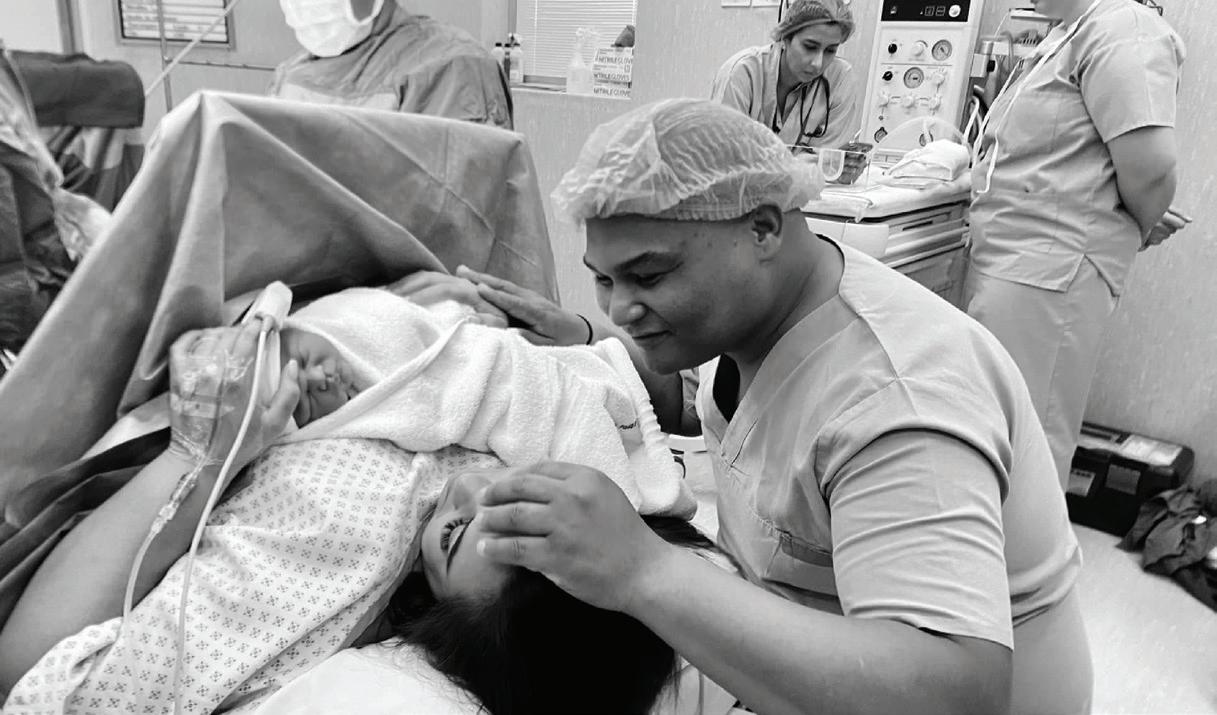
Life Vincent Pallotti Hospital offers a range of facilities to cater to your personalised birthing preferences:
◊ Proudly pro-vaginal birthing unit, the hospital provides three birthing units with a water birthing option for pain relief, built in mood lighting and Bluetooth sound system for personalised experience.
◊ The facility also supports vaginal births after caesarean section (VBAC) with the approval of obstetricians.
◊ Hypno-birthing methods are welcomed to create a calming environment, while doulas are welcome to assist during labour and delivery.
◊ For those choosing a caesarean section, we have fully equipped theatres that are available for both elective procedures and obstetric emergencies.
◊ Skin-to-skin bonding is highly prioritised, and breastfeeding support is available from specially trained nurses.
◊ The 11-bed Little Life Maternity ward offers a variety of accommodation options to suit personal preferences. Additionally, the hospital is home to a dedicated neonatal ICU for babies requiring specialised care.
◊ All babies are immunised with the BCG (TB) vaccine before discharge.
◊ Once baby is born, you will receive a complimentary baby bag.
Life Vincent Pallotti Hospital ensures a supportive, comforting and safe environment for every mother and newborn. We look forward to having you with us in our Little Life Maternity Unit for your personalised birthing experience.
Water birthing facility
3 labour wards & obstetric theatre
Vaginal births after caesarean section (VBAC)
Neonatal ICU
Private room with double bed to accommodate birthing partner
Gynaecologist & Obstetricians:

Dr Ilana Johnson
Dr Linda Murray
Dr Kate Richardson
Dr Amaal Schroeder
Dr Jacky Searle
Dr Latiefa Vinoos

Our team of Paeditricians and specialised nursing sta will do their utmost to ensure the comfort of your child in a safe, peaceful environment.
our specialised paediatric specialists
General Paediatricians
Dr Leon Jedeikin
Dr Carl Wicht
specialised paediatricians
Paediatrician and Nephrologist
Dr Paul Sinclair
Paediatrician and Allergologists
Prof Claudia Gray
Paediatrician and Neonatologist
Dr Lize Boshoff Coyles
Paediatrician and Pulmonologist
Dr Aruna Lakhan
Paediatrician and Gastroenterologist
Dr Lesego Ndhlovu

specialists who provide paediatric services
Paediatric Dermatologist
Prof Carol Hlele
Paediatric Surgeons
Prof Rob Brown
Dr Babalwa Nondela
Dr Shamaman Harilal
Paediatric Orthopaedic Surgeon
Dr Stewert Dix-peek
Ear, Nose and Throat Surgeons (ENTS)
Dr Azgher Karjieker
Dr Eve Samson
Dr Martin Vanlierde
Dr Michele Long
Dr Paul Crosland
Paediatric Dietician
Susan Cooley-Maree
Orthopaedic, oncology, joint and Reconstructive surgeon
Dr Thomas Hilton
Dr Keith Hosking
Plastic & reconstructive surgeons
Dr Clare Neser
Dr Conrad Pienaar
Dr Gareth September
Dr Dehan Strüwig
Urologists:
Dr Larry Jee
Dr Karlheinz Jehle
Dr Allison Moore
In a medical emergency, call 0860 123 367 for our FREE advanced life support paramedic response car service. For more information about our service o erings please contact our units: Maternity: 021 506 5165 or Paediatric Ward and ICU: 021 506 5136/5137
Life Vincent Pallotti Hospital Alexandra Road, Pinelands, Cape Town, 7405
www.lifehealthcare.co.za
Hay fever, allergies, dry coughs, asthma… these are the conditions that are most experienced during Spring and Summer seasons. Because of the heat and humidity, there is a lack of air movement which can cause pollutants like dust and pollen to be trapped in the airways. And although flu is prevalent in cold weather, we are also still susceptible to flu because of sudden temperature changes in Summer when we move from air-conditioned rooms to outdoor heat, or sudden rainstorms.
With a higher salt quantity in the product than that of the body, hypertonic saline draws fluid from the inflamed, swollen lining of the nose, sinuses, larynx and bronchi to help open the airways. This then helps wash out those trapped particles.
In addition, we have also launched our new anti-inflammatory, antibacterial, antiseptic Skin Healing Cream to help for those skin irritations, rashes, mosquito bites, cuts and sunburn.
Helping you Breathe Better & now Feel Better too!


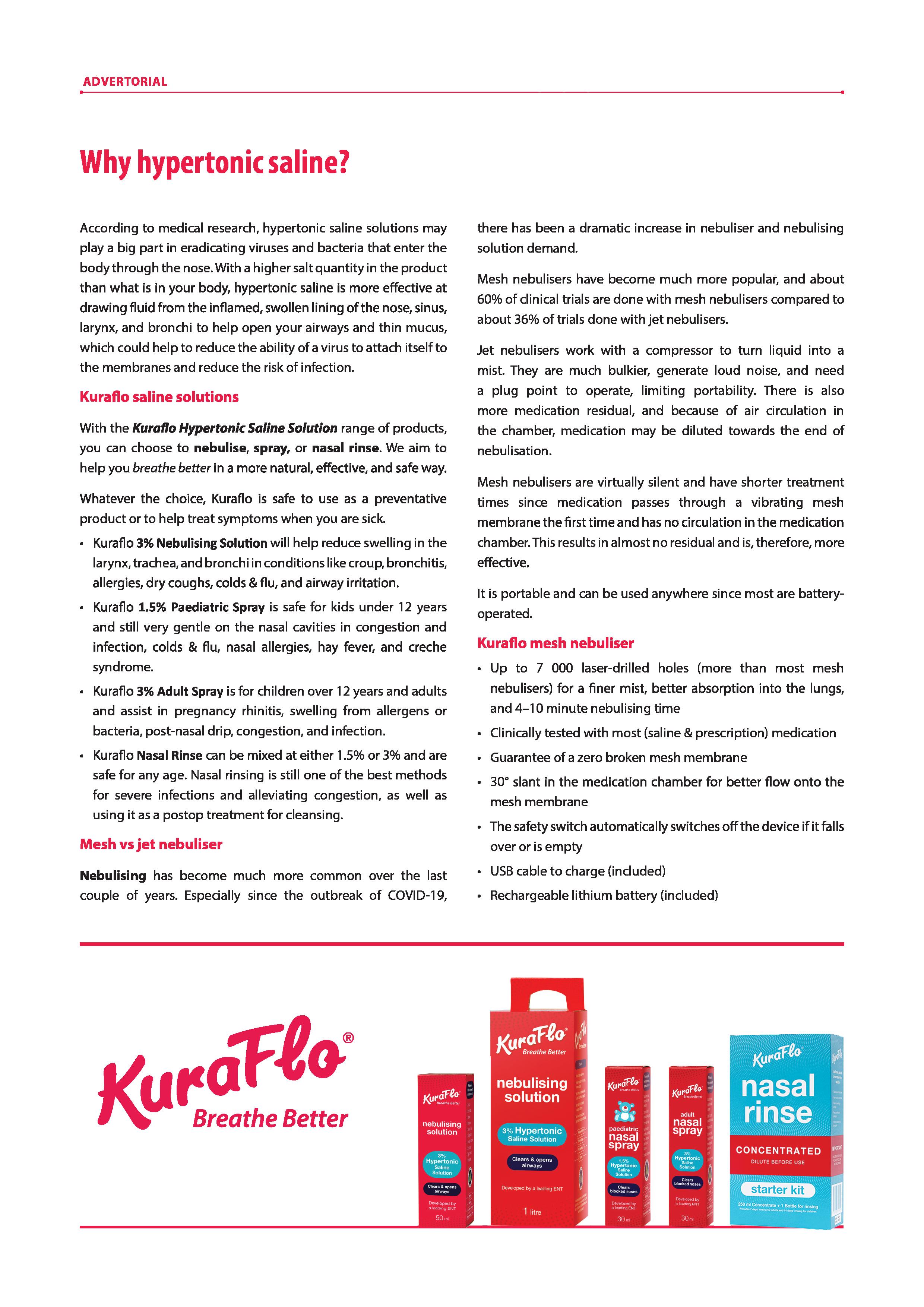
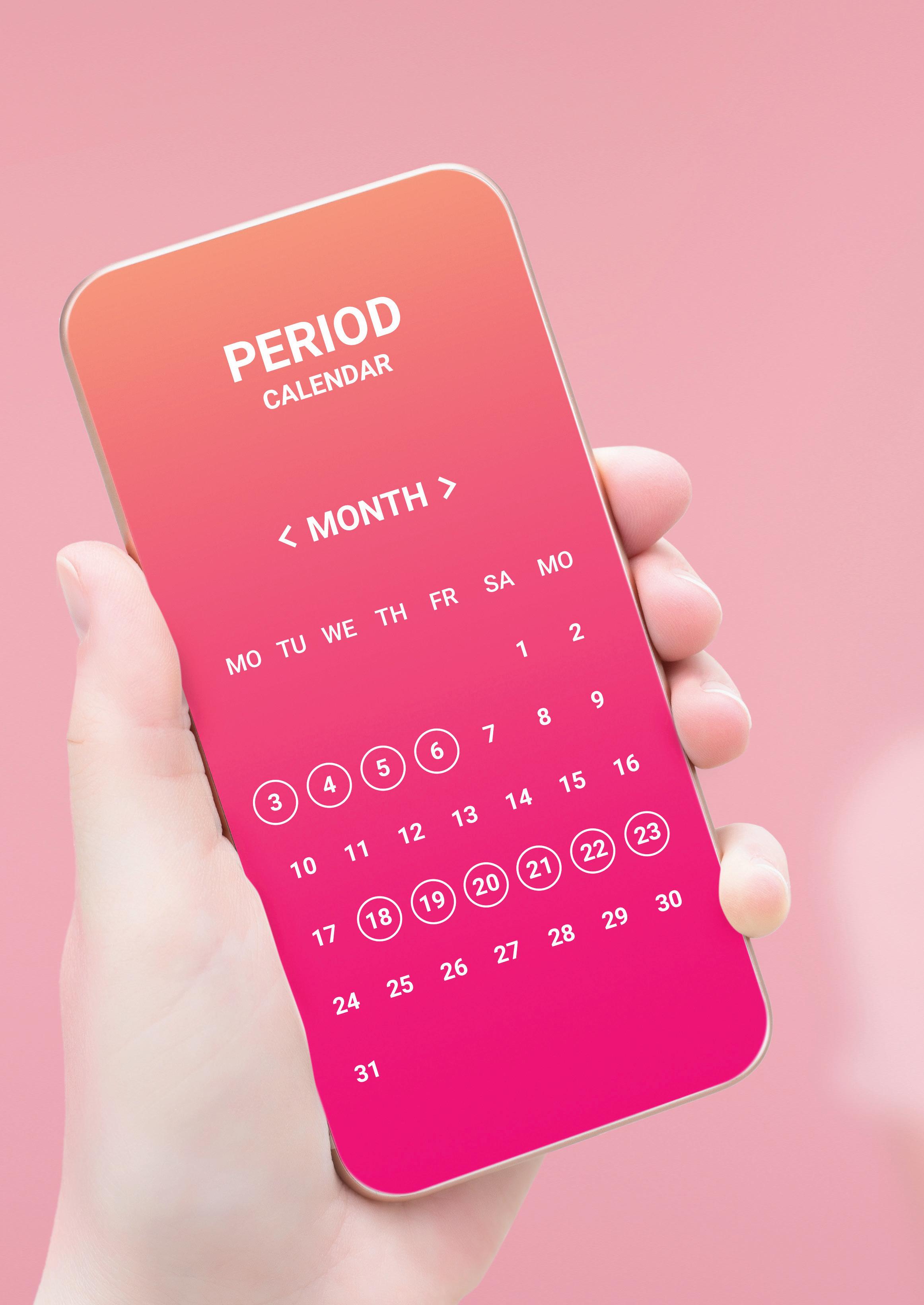
The latest tech and apps for planning conception
Planning for pregnancy has become far more precise and user-friendly, thanks to a wave of new technologies and mobile apps that help women understand their cycles, pinpoint ovulation and optimise fertility.
Below are some of the latest tools and innovations (as of 2025) you should know about: what works, what’s new and what to consider if you’re trying to conceive.

1
. Wearables with advanced cycle tracking
Wearable devices—smart rings and patches—are getting better at detecting physiological signals that correlate with ovulation. For example, a recent upgrade from Ultrahuman is called Cycle & Ovulation Pro (www.ultrahuman.com/womens-health) , using algorithms derived from OvuSense technology. It tracks skin and basal body temperature, flags early or late ovulation, and handles irregular cycles (e.g. in women with polycystic ovary syndrome or endometriosis).
2
. Real-time hormone monitoring
Scientists are developing implantable biosensors such as CERES (by Impli and Yalosys, with CSEM, tinyurl.com/3ppk7fx2) that aim to measure fertility hormones continuously over about 30 days. This kind of tech could give detailed insight into when you’re truly fertile, beyond calendar predictions.
3
. Saliva/hormone-based smart devices
New tools go beyond counting days. Ovul.ai, for example, uses saliva ‘ferning’ patterns (the crystal patterns saliva makes when oestrogen levels are high) along with artificial intelligence (AI) to detect fertile windows more precisely. It lets users test daily with one drop of saliva, and the app interprets not just ‘yes/no’ signals but hormone trends.
4
. Sensors that measure core body temperature continuously
Probably less glamorous, but very useful: sensors and wearables that measure your core or skin temperature continuously (night and day) rather than just single readings early in the morning. Brands are embedding this tech into patches, smart straps or even chest-worn bands. One example is greenteg’s calera® sensor (tinyurl.com/2e6s94yu) for accurate, non-invasive temperature monitoring.not just ‘yes/no’ signals but hormone trends.
Wearable devices—smart rings and patches—are getting better at detecting physiological signals that correlate with ovulation.
Here are fertility-technology tools, devices and apps that are available in South Africa:
Daysy Fertility Tracker (R5 980 from ecobabe.co.za)
HA hormone-free fertility tracker (oral basal body temperature + cycle algorithm), with app integration to predict fertile/non-fertile days.
Lady-Comp Fertility Tracker (R8 3000 from ecobabe.co.za)
Similar to Daysy, but
considered a more premium/ more expensive fertility monitor device. Predicts ovulation and tracks cycles.
Femometer (www.femometer.com)
Periods, ovulation tests (LH, pregnancy tests), basal body temperature, cervical mucus, weight, symptoms. Free download on Apple Store and Google Play; premium features included as subscription.
(selin.app)
Period tracking, ovulation/ fertile window predictions,
symptom tracking, irregular cycle support. Free in basic form on Apple Store and Google Play. Subscription costs R135 per month, and R820 per year.
Ovia Cycle & Pregnancy (www.oviahealth.com)
Period & fertility calendar, pregnancy tracking, symptoms, nutrition etc. Free on Apple Store and Google Play; premium add-ons likely.


While these tools are exciting, some caveats and best practices are worth noting: Accuracy varies depending on how ‘personalised’ the tool is: If an app only uses average cycle lengths, it may mis-predict for someone with irregular cycles. The more data you feed it (temperatures, hormone tests, symptoms), the better the predictions tend to be.
Privacy and regulation are important: Health data is sensitive. Some apps have
had issues around how they treat user data. Always check the privacy policy; if an app is advertising medical-devicelike features, see whether it has formal approval or clinical validation.
Cost versus benefit:
Many of these tools have free versions, but the premium features (continuous hormone tracking, implants or wearables) may have recurring costs. Decide whether the expense is worth what you want from trying to conceive.
Expectation management:
Even the best prediction tools can’t guarantee ovulation will happen exactly when predicted. Stress, illness, lifestyle, sleep and other physiological factors influence timing. Tools are aids, not substitutes, for medical advice if you suspect fertility issues.
